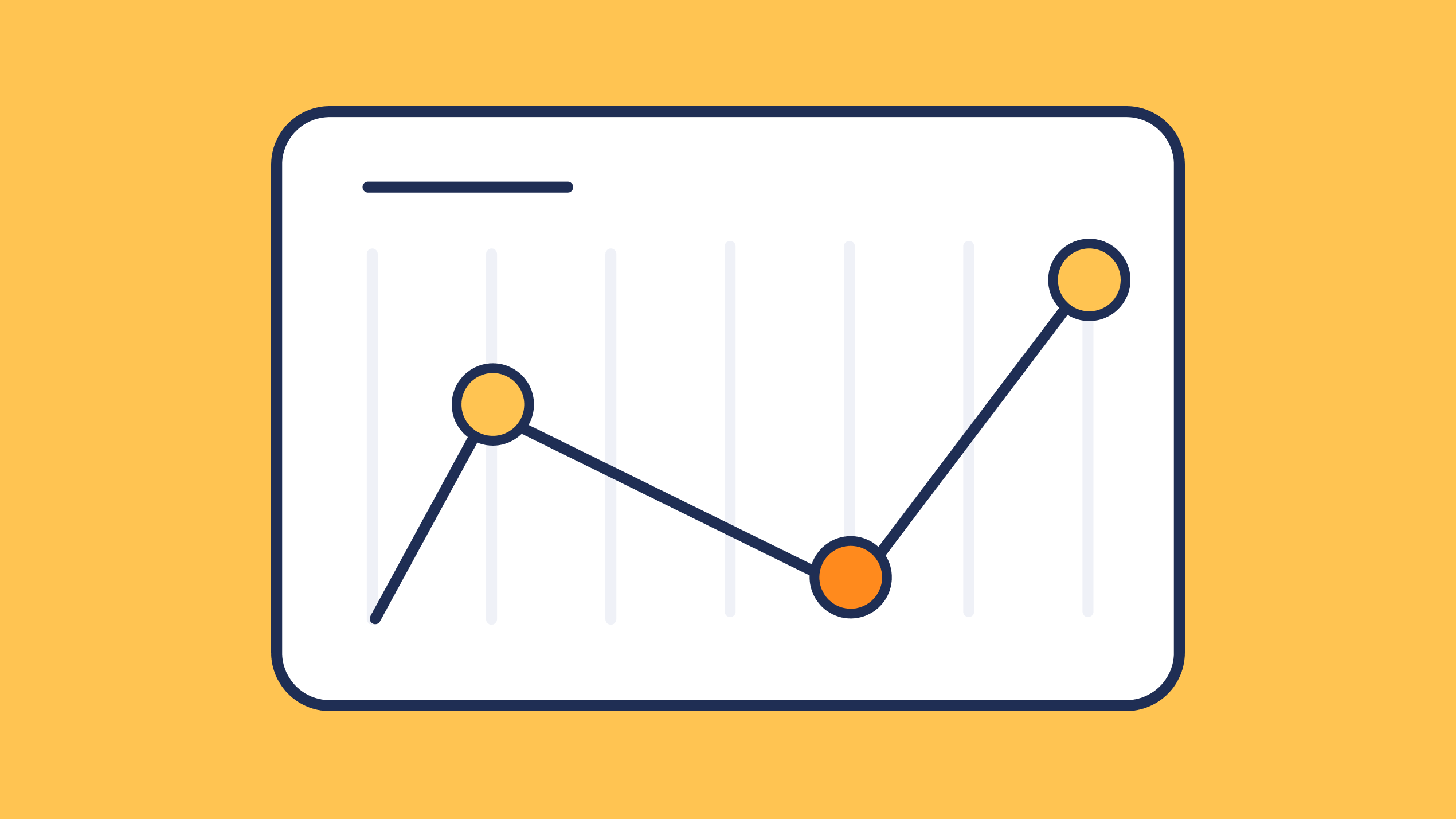How Heavy Equipment Manufacturers and Dealers Can Win by Leveraging Digital Media Solutions

Introduction: A Market in Transition
The heavy equipment industry — from construction and agriculture to material handling and mining — is undergoing a digital transformation. Buyers who once relied solely on trade shows, print magazines, and personal networks are now researching equipment online, comparing specs on mobile, and watching demo videos before ever contacting a dealer.
In this new environment, digital media isn’t optional — it’s the competitive edge that separates fast-growing manufacturers and dealers from those losing ground to more tech-savvy competitors.
1. Shifting from Traditional to Digital: Meeting Buyers Where They Are
According to McKinsey, over 70% of B2B buyers now prefer digital interactions over in-person sales. For heavy equipment, this means:
- Decision-makers are searching equipment specs, financing options, and dealer reviews online.
- 90% of buyers use search engines during their purchasing journey.
- Buyers shortlist vendors long before speaking to sales reps.
By embracing search advertising, programmatic display, social media, and geofencing, manufacturers and dealers can stay visible at every stage — from initial awareness to post-purchase support.
2. Paid Media Channels that Deliver Real ROI
Programmatic Advertising
Reach contractors, construction companies, and agricultural businesses with precision targeting based on job titles, company size, location, and even recent online behaviors.
- Tactics: Contextual targeting, keyword retargeting, and account-based marketing (ABM).
- Why it works: Your ads reach equipment buyers when they’re researching industry topics or competitor brands.
Search Ads (Google & Bing)
Show up the moment potential buyers search “excavator dealer near me” or “used skid steer for sale.”
- Tip: Combine brand campaigns with equipment-specific search terms to capture both awareness and purchase-intent traffic.
- Bonus: Dynamic ad extensions showcasing equipment inventory or promotions can increase CTR by up to 15–25%.
Social Media Advertising
Platforms like LinkedIn and Meta can reach fleet managers, procurement heads, and industry professionals.
- Use Case: LinkedIn Sponsored Content and InMail can target by industry, job function, or company.
- Result: More qualified leads at a lower cost compared to traditional trade publications.
Geofencing & Event Targeting
Reach buyers attending construction expos, trade shows, and industrial events.
- Draw a virtual boundary around the venue and serve ads to attendees’ mobile devices during and after the event.
- Follow up with retargeting ads weeks later to reinforce your brand and drive conversions.
3. Why Dealers and Manufacturers Should Invest in Advanced Analytics
Traditional media makes it difficult to prove ROI. Digital, on the other hand, provides real-time visibility into performance:
- Track which campaigns generate the most dealer inquiries and quote requests.
- Attribute leads to specific ad campaigns, keywords, or creative variations.
- Measure offline impact — e.g., showroom visits or calls — using addressable geofencing and CRM integration.
With data-driven reporting dashboards, decision-makers can allocate budget toward the tactics that directly impact sales.
4. Building Brand Authority and Trust Online
Beyond paid campaigns, digital strategy strengthens brand perception:
- SEO-optimized content improves visibility for high-intent searches like “best compact track loader for snow removal.”
- Video marketing builds credibility through walkaround demos and operator tips.
- Retargeting ads remind prospects of your brand long after their first site visit — boosting conversions by up to 70%.
A strong digital footprint reassures buyers that your brand is modern, transparent, and responsive — traits that increasingly drive B2B purchasing decisions.
5. The Competitive Advantage for Early Adopters
The heavy equipment sector still lags other B2B industries in digital adoption — which means early movers have a unique opportunity to dominate. Dealers and OEMs that invest now in digital channels can:
- Gain share of voice before competitors catch up.
- Capture first-party audience data for long-term retargeting.
- Reduce reliance on costly trade shows and print media.
- Accelerate sales cycles by nurturing digital leads directly into the CRM.
Conclusion: From Iron to Intelligence
Heavy equipment sales used to be about steel, specs, and relationships — today, it’s also about data, digital reach, and measurable ROI.
Manufacturers and dealers who embrace programmatic, search, and social advertising can build stronger pipelines, shorten buying cycles, and position their brands as market leaders.
In a world where every buyer’s journey starts online, digital media isn’t just marketing — it’s the new machinery for growth.
Introduction: A Market in Transition
The heavy equipment industry — from construction and agriculture to material handling and mining — is undergoing a digital transformation. Buyers who once relied solely on trade shows, print magazines, and personal networks are now researching equipment online, comparing specs on mobile, and watching demo videos before ever contacting a dealer.
In this new environment, digital media isn’t optional — it’s the competitive edge that separates fast-growing manufacturers and dealers from those losing ground to more tech-savvy competitors.
1. Shifting from Traditional to Digital: Meeting Buyers Where They Are
According to McKinsey, over 70% of B2B buyers now prefer digital interactions over in-person sales. For heavy equipment, this means:
- Decision-makers are searching equipment specs, financing options, and dealer reviews online.
- 90% of buyers use search engines during their purchasing journey.
- Buyers shortlist vendors long before speaking to sales reps.
By embracing search advertising, programmatic display, social media, and geofencing, manufacturers and dealers can stay visible at every stage — from initial awareness to post-purchase support.
2. Paid Media Channels that Deliver Real ROI
Programmatic Advertising
Reach contractors, construction companies, and agricultural businesses with precision targeting based on job titles, company size, location, and even recent online behaviors.
- Tactics: Contextual targeting, keyword retargeting, and account-based marketing (ABM).
- Why it works: Your ads reach equipment buyers when they’re researching industry topics or competitor brands.
Search Ads (Google & Bing)
Show up the moment potential buyers search “excavator dealer near me” or “used skid steer for sale.”
- Tip: Combine brand campaigns with equipment-specific search terms to capture both awareness and purchase-intent traffic.
- Bonus: Dynamic ad extensions showcasing equipment inventory or promotions can increase CTR by up to 15–25%.
Social Media Advertising
Platforms like LinkedIn and Meta can reach fleet managers, procurement heads, and industry professionals.
- Use Case: LinkedIn Sponsored Content and InMail can target by industry, job function, or company.
- Result: More qualified leads at a lower cost compared to traditional trade publications.
Geofencing & Event Targeting
Reach buyers attending construction expos, trade shows, and industrial events.
- Draw a virtual boundary around the venue and serve ads to attendees’ mobile devices during and after the event.
- Follow up with retargeting ads weeks later to reinforce your brand and drive conversions.
3. Why Dealers and Manufacturers Should Invest in Advanced Analytics
Traditional media makes it difficult to prove ROI. Digital, on the other hand, provides real-time visibility into performance:
- Track which campaigns generate the most dealer inquiries and quote requests.
- Attribute leads to specific ad campaigns, keywords, or creative variations.
- Measure offline impact — e.g., showroom visits or calls — using addressable geofencing and CRM integration.
With data-driven reporting dashboards, decision-makers can allocate budget toward the tactics that directly impact sales.
4. Building Brand Authority and Trust Online
Beyond paid campaigns, digital strategy strengthens brand perception:
- SEO-optimized content improves visibility for high-intent searches like “best compact track loader for snow removal.”
- Video marketing builds credibility through walkaround demos and operator tips.
- Retargeting ads remind prospects of your brand long after their first site visit — boosting conversions by up to 70%.
A strong digital footprint reassures buyers that your brand is modern, transparent, and responsive — traits that increasingly drive B2B purchasing decisions.
5. The Competitive Advantage for Early Adopters
The heavy equipment sector still lags other B2B industries in digital adoption — which means early movers have a unique opportunity to dominate. Dealers and OEMs that invest now in digital channels can:
- Gain share of voice before competitors catch up.
- Capture first-party audience data for long-term retargeting.
- Reduce reliance on costly trade shows and print media.
- Accelerate sales cycles by nurturing digital leads directly into the CRM.
Conclusion: From Iron to Intelligence
Heavy equipment sales used to be about steel, specs, and relationships — today, it’s also about data, digital reach, and measurable ROI.
Manufacturers and dealers who embrace programmatic, search, and social advertising can build stronger pipelines, shorten buying cycles, and position their brands as market leaders.
In a world where every buyer’s journey starts online, digital media isn’t just marketing — it’s the new machinery for growth.



